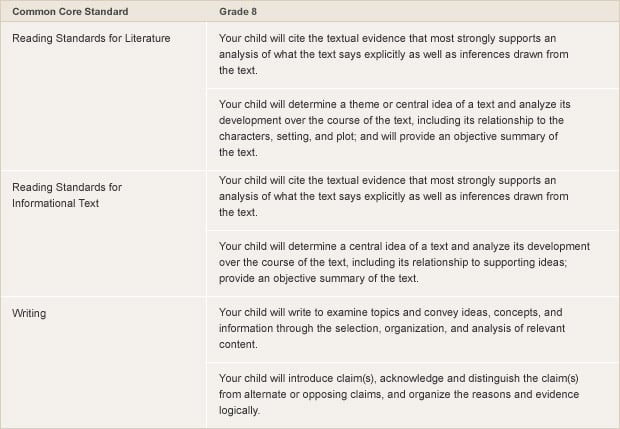With recent changes in academic standards in classrooms across the country, parents are likely hearing a lot about the Common Core State Standards (CCSS) and wondering: What are they? And how will they affect my children? To date, 46 states and the District of Columbia have adopted these new academic standards, which are already changing the way students are being taught. The standards are designed to ensure college and career readiness in an increasingly competitive and fast-paced world.
There are 3 important ways that the new standards will impact daily classroom instruction of Reading and Writing.
1. There will be instructional shifts: The Common Core introduced three major shifts in classroom instruction designed to guide critical readers through a range of grade-level, complex texts or reading materials. Classroom instruction will be focused on:
- Building knowledge through content-rich nonfiction and informational texts: In addition to stories and literature, your child will read more informational texts and non-fiction that provide facts and knowledge in areas such as science and social studies.
- Reading and writing grounded in evidence from text: Children will read more challenging texts and be asked more questions that will require them to refer back to what they have read to provide evidence that supports their answers.
- Regular practice with complex texts and its vocabulary: Teachers will emphasize building a strong vocabulary so that students can read and understand challenging material.
2. There are fewer, clearer standards, that aim higher: Teachers will focus on five standard areas to prepare children to meet grade-level expectations. Your child’s teachers will focus on shifts in the following standards:
- Common Core Learning Standards for Reading Literature
- Common Core Learning Standards for Reading Informational Text
- Common Core Learning Standards for Writing
- Common Core Learning Standards for Speaking and Listening
- Common Core Learning Standards for Language
3. Types of texts: Across the grades, students will read both literature (fiction) and informational texts (non-fiction) and respond using a range of writing types. The chart below illustrates what percent of teaching time will focus on the necessary reading and writing standards at each grade level from Kindergarten through 8th Grade.
In the charts below, you will find the Common Core Standards for reading and writing for grades K-8 and an explanation of the skills every child will need to develop and demonstrate within each grade.
Jump directly to Kindergarten, 1st Grade, 2nd Grade, 3rd Grade, 4th Grade, 5th Grade, 6th Grade, 7th Grade, or 8th Grade.
Students will read the following percentages of literary (fiction) and informational texts (non-fiction) and write to persuade, explain and convey experience:
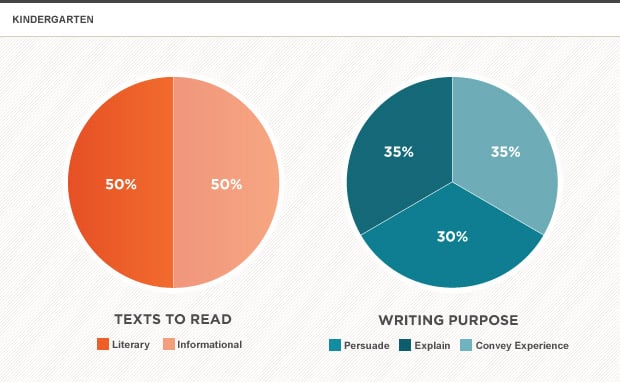
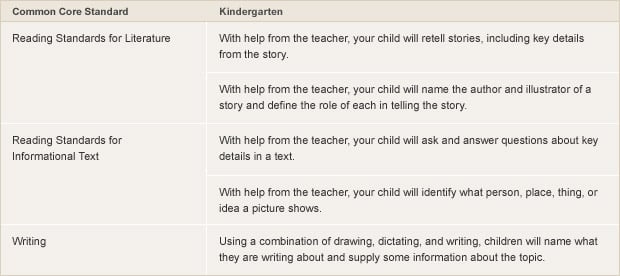
Students will read the following percentages of literary (fiction) and informational texts (non-fiction) and write to persuade, explain and convey experience:

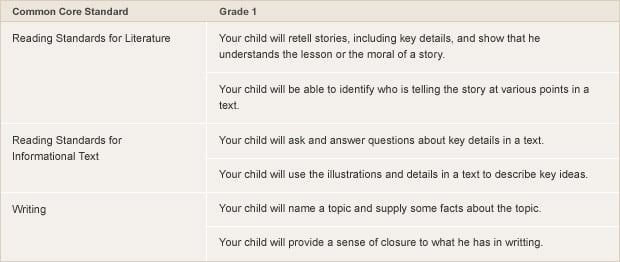
Students will read the following percentages of literary (fiction) and informational texts (non-fiction) and write to persuade, explain and convey experience:
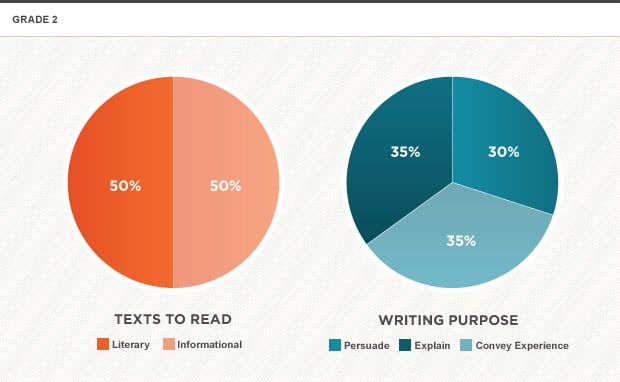
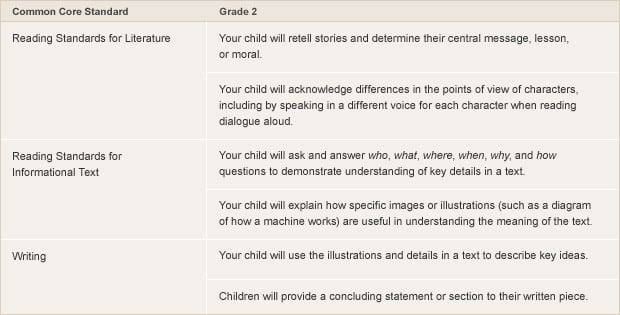
Students will read the following percentages of literary (fiction) and informational texts (non-fiction) and write to persuade, explain and convey experience:
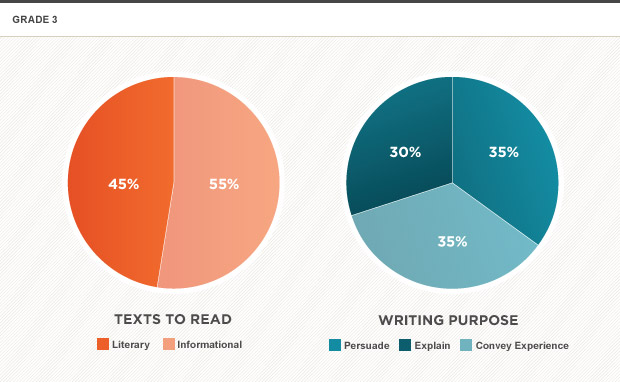
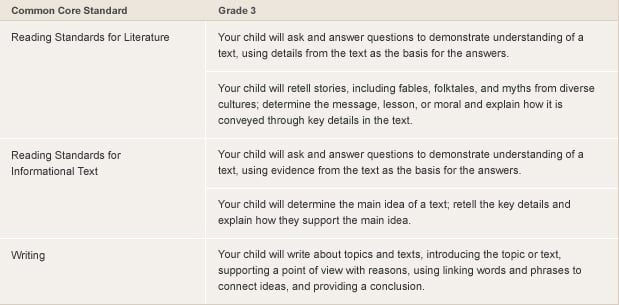
Students will read the following percentages of literary (fiction) and informational texts (non-fiction) and write to persuade, explain and convey experience:
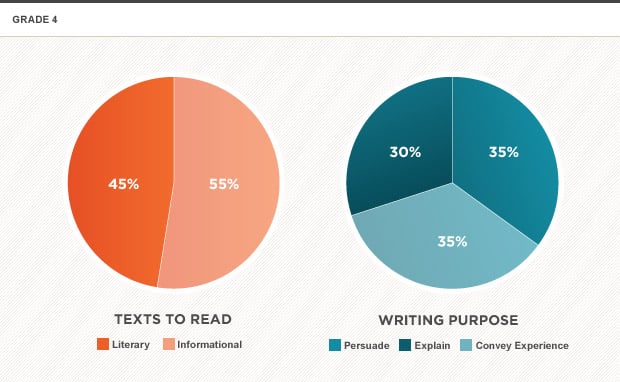
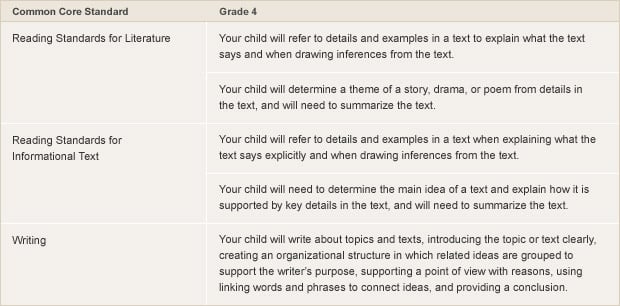
Students will read the following percentages of literary (fiction) and informational texts (non-fiction) and write to persuade, explain and convey experience:
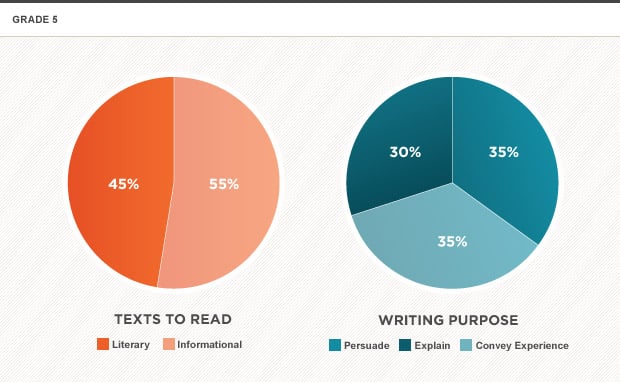
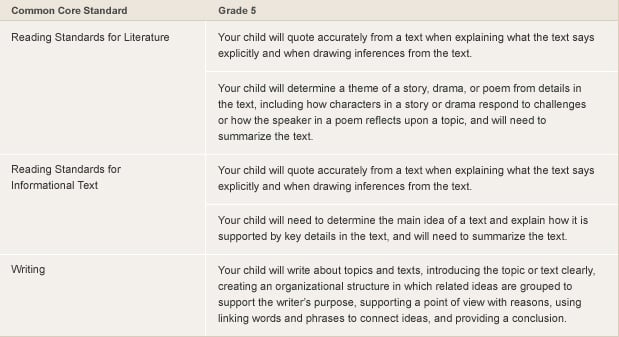
Students will read the following percentages of literary (fiction) and informational texts (non-fiction) and write to persuade, explain and convey experience:
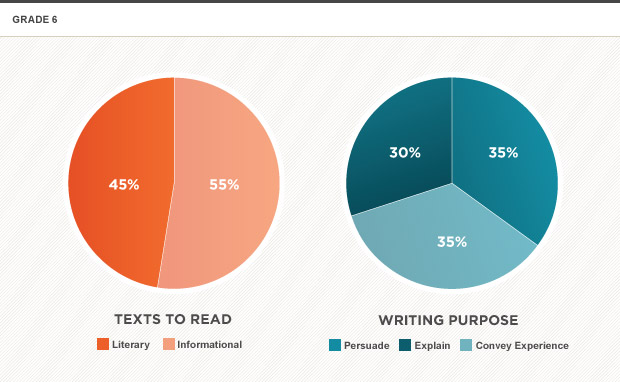
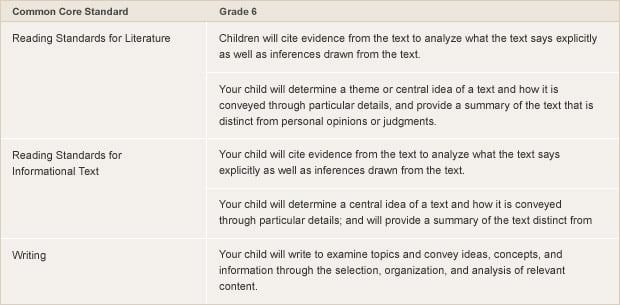
Students will read the following percentages of literary (fiction) and informational texts (non-fiction) and write to persuade, explain and convey experience:
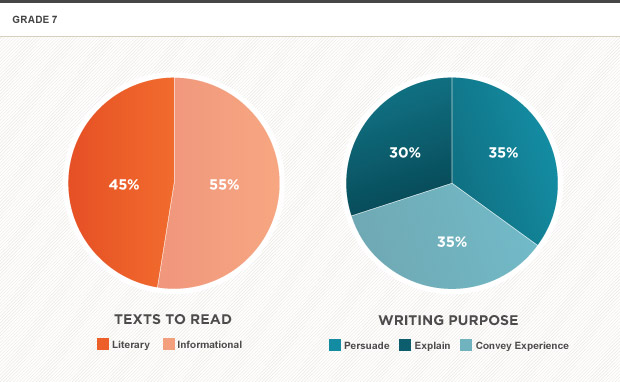
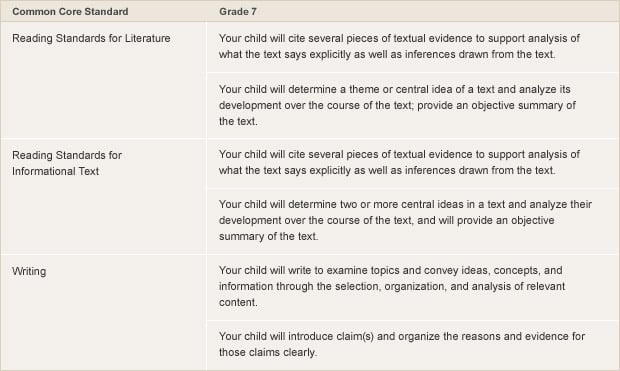
Students will read the following percentages of literary (fiction) and informational texts (non-fiction) and write to persuade, explain and convey experience:

